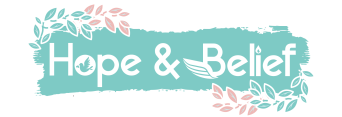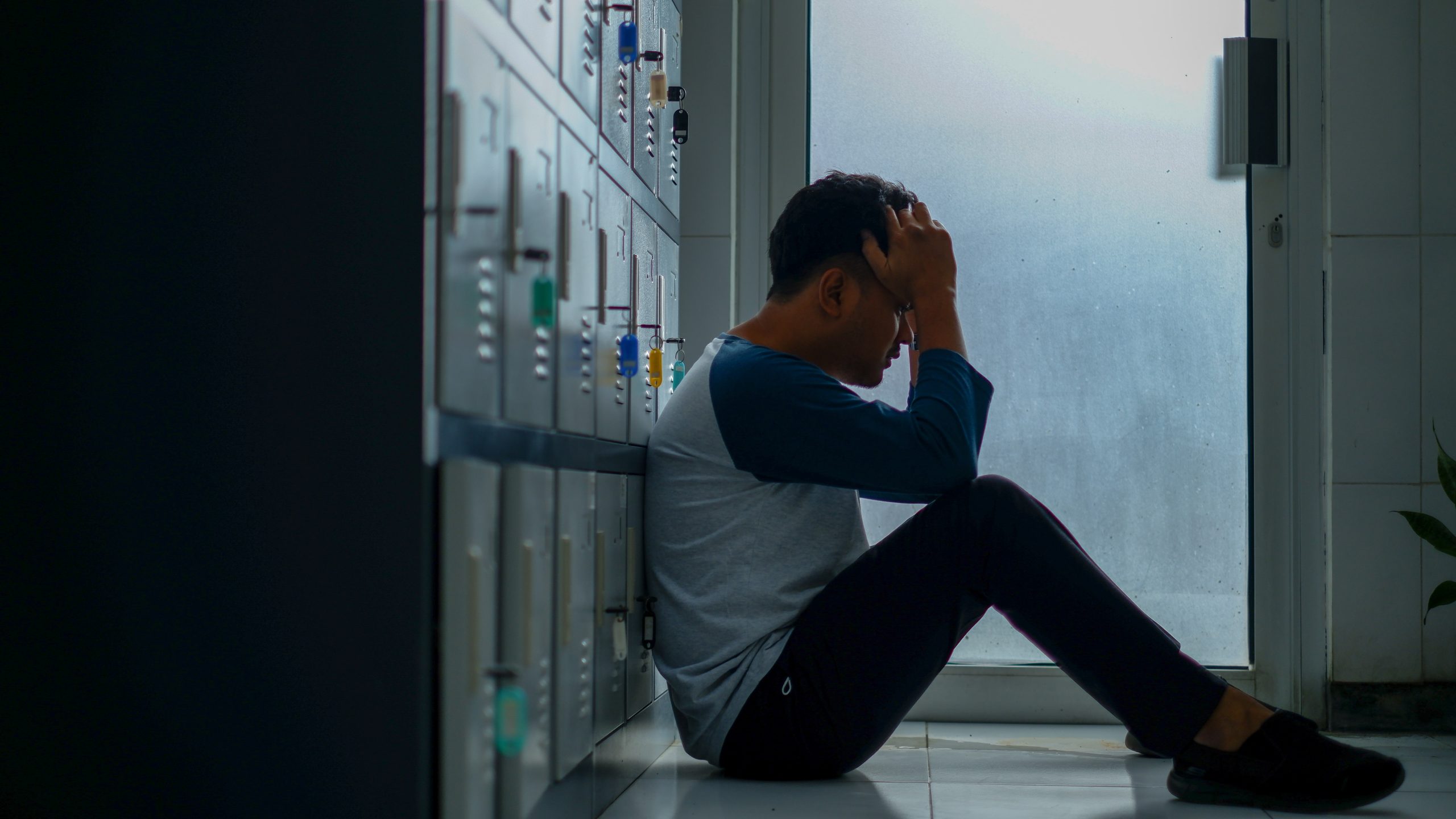Hoarding disorder, or hoarding OCD, is a complex mental health condition that affects people from all walks of life. People struggling with hoarding exhibit persistent difficulties in parting with possessions, leading to excessive accumulation and clutter in their living spaces. According to statistics from International OCD Foundation, an estimated 2% – 6% of the population suffers from hoarding disorder.
Today we will shed light on this challenging disorder, by exploring the 5 stages of hoarding and delve into the psychology of hoarding.
The 5 Stages of Hoarding
Following are the 5 stages of hoarding:
Stage 1: Acquiring and Saving
In the beginning stages of hoarding, the person begins to accumulate items beyond their actual needs, often triggered by an emotional attachment or a perceived future value of objects. This stage is marked by acquiring freebies, discounts, or collecting sentimental items, resulting in the gradual growth of possessions. This is one of the early stages of hoarding where people
may still maintain a relatively organized living space, but an increasing number of possessions can serve as an early indicator of upcoming severe hoarding tendencies.
Stage 2: Difficulty Discarding
As hoarding progresses, individuals find it increasingly challenging to discard possessions, even those with no practical use or significant value. They develop a strong emotional attachment to their belongings, perceiving them as extensions of their identity or a source of comfort. Anxiety and distress arise when faced with the prospect of parting with items, leading to delayed decision-making and avoidance of decluttering tasks.
Stage 3: Clutter and Disorganization
At this stage, the clutter becomes more noticeable and starts to interfere with the person’s daily functioning. Rooms may become congested, making it difficult to move around or use furniture for their intended purpose. The excessive accumulation of items can lead to safety hazards, restricted living spaces, and impaired hygiene. Social isolation and strained relationships often accompany this stage, as individuals may feel embarrassed or ashamed to invite others into their cluttered environments.
Stage 4: Emotional Distress
As the clutter intensifies, individuals experience increased emotional distress. The overwhelming accumulation of possessions can evoke feelings of anxiety, depression, shame, guilt, and loss of control. People at this stage may struggle with decision-making, become more socially withdrawn, and exhibit heightened sensitivity to perceived threats to their belongings. The emotional toll further reinforces the cycle of hoarding behavior, making it challenging to break free from its grip.
Stage 5: Severe Impairment and Isolation:
In the final stage, hoarding reaches its most severe form, profoundly impacting the individual’s quality of life. Hoarded items may have completely overrun the living space, rendering parts of the home unusable or unsanitary. Isolation and social withdrawal become more prominent, as the shame associated with the clutter often leads to a reluctance to seek help. Physical and mental health may deteriorate, making intervention and professional support crucial to initiate the path to recovery.
What are the Types of Hoarding
Some examples and types of hoarding include:
- Animal Hoarding: The excessive accumulation of animals, often resulting in neglect and unsanitary living conditions.
- Paper Hoarding: The persistent collection of newspapers, magazines, and documents, leading to overwhelming stacks of paper.
- Food Hoarding: The hoarding of food items beyond what is necessary, often resulting in expired or spoiled goods.
- Clothes Hoarding: The hoarding of unnecessary clothes that are not needed, resulting in a clutter. This hoarding clothes psychology is a very common type of hoarding disorder.
- Sentimental Hoarding: The compulsive attachment to sentimental items, such as photographs or mementos, leading to cluttered living spaces.
- Digital Hoarding: The accumulation of digital files, emails, and data, often resulting in digital clutter and disorganization.
From the initial acquisition of possessions to severe impairment and isolation, understanding these stages enables us to offer compassionate support and interventions tailored to the individual’s needs. If you know anyone possessing characteristics from the above stages of hoarding, it is important to know how to help a hoarder or how to stop enabling a hoarder and him in decluttering. By understanding these stages, we can enhance our empathy and provide appropriate support to individuals grappling with hoarding tendencies.
Like what you read?
- Connect with us, here.
- Have a question? Ask us.
- Read more, check out: Understanding OCD: What it is and How to Cope With it





